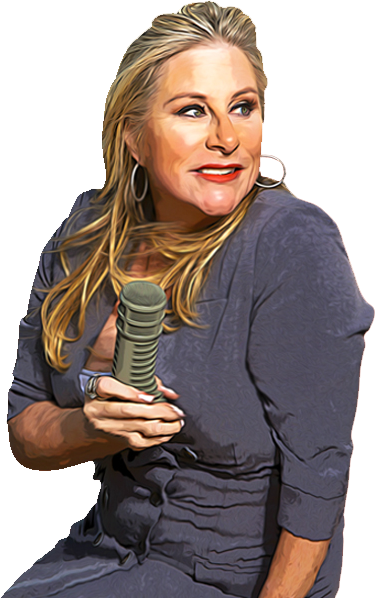|
|
Who are they, and why do we honor them? Do we Americans, generally, know, and transmit to our young, the story of the Four Chaplains and their heroism in World War II; their willing, knowing, and loving ultimate sacrifice of their lives in service to God and country so “that others may live;” the lesson of their lives?
On
On board were some 900 troops, and four chaplains, of diverse religions and backgrounds, but of a common faith and commitment to serve God, country, and all the troops, regardless of their religious beliefs, or non-belief. The four Chaplains are:
Rev. George Fox (Methodist); Father John Washington (Roman Catholic); Jewish Rabbi Alexander Goode; and Rev. Clark Poling (Dutch Reformed).
At approximately , in the dead of a freezing night, the
(317-630-1212).




